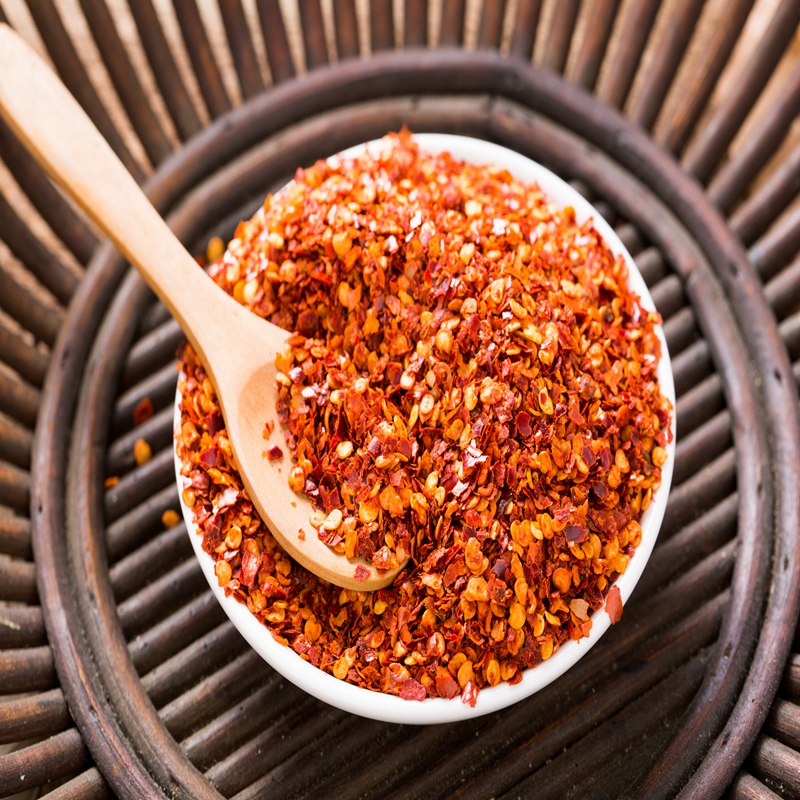Jul . 26, 2024 22:19 Back to list
Exploring the Flavor Profiles of Dried and Fresh Chilies in Chinese Cuisine
The Vibrant World of China's Dry and Fresh Chillies
China, renowned for its rich culinary traditions, boasts a wide array of ingredients essential to its diverse regional cuisines. Among these, chillies hold a prominent place, contributing heat, flavor, and color to countless dishes across the nation. Both fresh and dry chillies are integral to the culinary landscape, each offering unique characteristics and applications that enhance the palate's experience.
Fresh chillies are celebrated for their bright colors and crisp textures. They come in various shapes and sizes, ranging from small, fiery bird's eye chillies to the larger, milder varieties like bell peppers. In Chinese cuisine, fresh chillies are often used to add a zesty freshness to stir-fries, salads, and sauces. The famous Sichuan cuisine exemplifies this usage; dishes like Kung Pao Chicken or Mapo Tofu showcase fresh chillies alongside other bold flavors such as garlic, ginger, and Sichuan peppercorns. The combination of fresh chillies with these ingredients creates a complex layering of flavors that entice the senses.
The Vibrant World of China's Dry and Fresh Chillies
On the other hand, dry chillies play a crucial role in Chinese gastronomy as well. They are often used to create a different flavor profile that embodies robustness and smokiness. Drying chillies not only extends their shelf life but also concentrates their flavors and heat. Popular varieties include the red Sichuan chilli and the Kashgar chilli, each with its distinct flavor notes and heat levels.
china dry fresh chillies

One of the most notable uses of dry chillies is in the making of a traditional Chinese dish known as Chilli Oil. By simmering dry chillies in oil, combined with garlic and other spices, cooks create a condiment that elevates dishes from simple to sublime. This spicy oil is drizzled over dishes like dumplings, noodles, and even rice, adding an enticing heat that tantalizes the taste buds.
Moreover, dry chillies are often used in a variety of Chinese sauces, such as chilli paste or chilli bean sauce. These sauces serve as foundational ingredients in many regional dishes, influencing the overall flavor profile. For instance, in Hunan and Sichuan cuisines, the heartiness of dry chillies melds beautifully with other intense flavors, like fermented beans and garlic, creating dishes that are both spicy and savory.
Chillies have not only shaped Chinese cuisine but have also found their way into traditional medicine. Both fresh and dry varieties are believed to possess health benefits, including boosting metabolism and improving digestion. Their medicinal properties have been recognized in Chinese herbal medicine, where they are often used to treat various ailments.
In conclusion, both dry and fresh chillies are indispensable to Chinese cuisine, each bringing their own unique flavors and textures to the table. The passion for chillies is evident in the variety of dishes they enhance, bridging the gap between the ancient traditions and modern culinary practices. As the world increasingly embraces global cuisines, the vibrant and versatile nature of Chinese chillies continues to captivate chefs and food enthusiasts alike, ensuring their place at the center of both everyday meals and festive celebrations. With a balance of flavor, heat, and historical significance, chillies are a true testament to China’s rich gastronomic culture.

